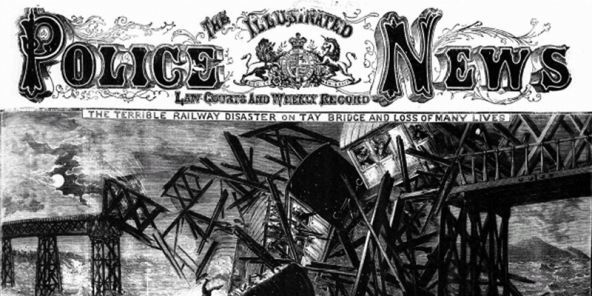The British Newspaper Archive celebrated its first birthday yesterday with its six million-page milestone.
With a target of 40 million fully-searchable pages by 2021, the 10-year project is the biggest digitisation of newspapers to take place in the UK.
The archive is a joint project between Dundee-based company brightsolid and the British Library, and the partnership reached its six-millionth page with page three of the Manchester Evening News for Friday, May 11 1917.
The main headlines for that day include heavy casualties of war, a ban on horse racing because of a shortage of oats and an advertisement for ladies’ corsets.
Debra Chatfield, marketing manager for the archive, said: ”We are thrilled to hit the six million-page mark on our first birthday.
”The online archive is an Aladdin’s cave full of fascinating local and national stories that are waiting to be uncovered, all of which can be done within seconds from the comfort of your own home.”
The British Newspaper Archive is the biggest programme of newspaper digitisation to take place in the UK, and aims to have 40 million fully-searchable pages on the website by 2021.
More than 10,000 pages are added every day, seven days a week to the website, with 150,000 new stories a day or approximately 4,500,000 new stories a month from more than 200 newspaper titles from the UK and Ireland covering the period 1710 to 1950.
The website is free to search, with a range of credit and subscription packages available to suit the different needs of researchers who wish to view the paid-for content.
Access to the resource is free to users of the British Library’s Reading Rooms.
More information is available at www.britishnewspaperarchive.co.uk.
